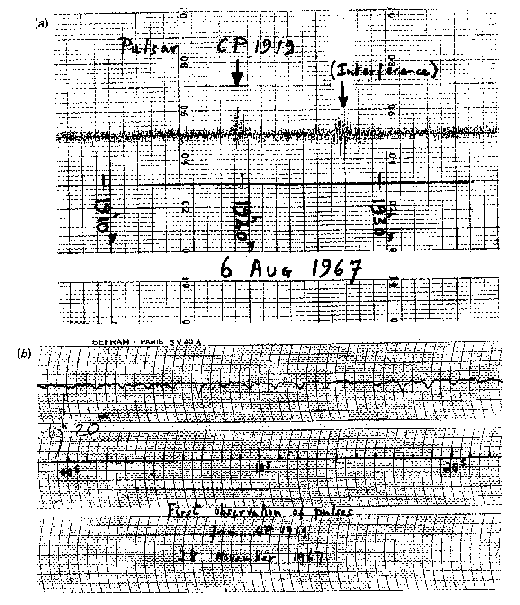What distinguishes a musical work from any other sound to the human ear? Isn’t it interesting that music remains so attached to the notion of the work, while the plastic arts are still digesting the ready-made revolution, and that listeners are still attentive to what they believe they grasp beyond the sound?
Every one of us, musician or not, can enjoy the sound of the surf as much as that of the concert, finding interest and pleasure in it. What’s more, we’re predisposed to look for a cause in every sound, especially one that bears the mark of intelligence, if possible that of the human being. In the absence of identifiable physical or technical causes, including musical ones, analysis is instinctively reduced to the most elementary anthropomorphism and ethology. This is what happens when we summarily question a bird’s song: is it a language, useful for localization and reproduction, suitable for discussing the weather or the states of the avian soul, or is it an artistic production which, beyond sexual parades, speculates on its own form?
This is also what happens when we listen to music: the listener easily presupposes the reason behind the sound. He can substitute his aesthetic jubilation, especially when the senses fail to appreciate beauty, with a musical search for the cause, an etiology of sound. This is a paradox of artistic judgment: aesthetic displeasure is conducive to introspection and analysis, provided we consent to it. I’m not saying that this is preferable to the pleasure of a work we immediately love (how many listeners do we see rushing to the concert program out of despair at not appreciating what they hear – which is their right!), but that it is possible to find, through the channels of reason, the conditions for the aesthetic reception of a work. It can take us a lifetime to appreciate a composer’s music, without any apprenticeship or “acculturation”.
The ultimate problem of the cause of sound arises when both our aesthetic pleasure and our capacity for comprehension are compromised. As in other domains, the sadly predominant human penchant for transcendence pushes us to seek not the cause, but the design, so that the etiology of sound becomes teleology, i.e. the search for a creator and his intentions. In this way, the listener, even the most uninformed, looks beyond sensation and judgment to music, whether written or played, for the supposed purpose of the composer; the sign, behind the phenomenon, of an intelligence that has set it in motion.

The recent history of science offers a very representative avatar of this quest for intelligence, this inordinate hope that the species places in everything, including music, to find the trace of a spirit that resembles it. In 1967, astronomer Antony Hewish, now a Nobel laureate in physics, and his student Jocelyn Bell picked up a highly unusual signal at the radio telescope: short, regularly repeated pulses. Having initially assumed an artificial origin, but ruling out any interference or emission of terrestrial origin, they named the source of the signal “LGM-1”, meaning Little Green Men – 1. Imagine, transposed to the field of music, this same anecdote: the composer would become an extraterrestrial, a distant creator whose purpose the listener would have to guess by means of an enigmatic message.
Instead of little green men, this signal led to the discovery of a type of celestial object – pulsars, neutron stars that are both smaller and more massive than our sun, rotate rapidly and emit a very intense magnetic field. The regularity of the signal, which so satisfies our desire for anthropomorphism, is simply the result of the physical behavior of these objects. In 1990, composer Gérard Grisey was to use these same pulsars in Le noir de l’étoile, for six percussionists accompanied by the “sound” of pulsars, “music with obligatory pulsar”.
The anecdote, both scientific and musical, highlights this point: our nature invites us to estimate in each phenomenon the amount of intelligence it would have taken to produce it. If we are so inclined, we look for the mark of the human being and, like the information sciences which qualify a signal by its entropy and complexity, we distinguish between contingent noise, to which we lend no intelligence, and the desired work in which we believe we perceive the imprint of the mind – but we can enjoy both.
Many artists would tell you that, since all sounds are capable of being appreciated, noise cannot be distinguished from music, nor can incidental sound be distinguished from a work of art. In the visual arts in particular, where the upheaval of Marcel Duchamp’s ready-made has struggled to be overcome for a century, distrust of the notions of work and art leads to the negation of this distinction, and imposes that the work is entirely the work of its receiver. Conversely, in music, the art of the opus and the opera, the notions of work and complexity remain, for composers and music lovers alike. There are many reasons for this, but the result is clear: no other art form has tamed noise so well, and Pierre Boulez’s Marteau sans maître will continue to make far more noise than the childishness of Fluxus-style piano destruction. Music, even by chance, can simulate noise and the renunciation of reason; the opposite is much more difficult.

